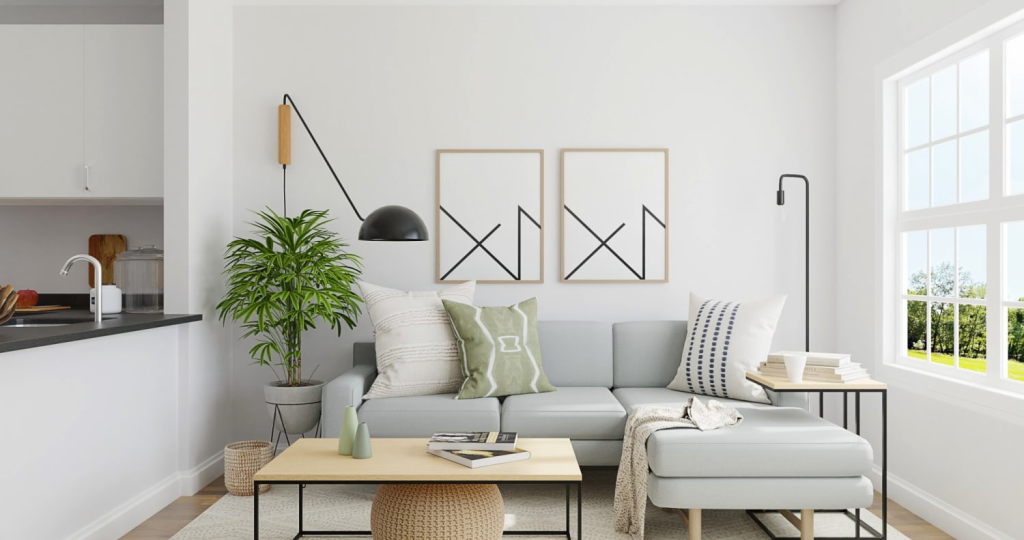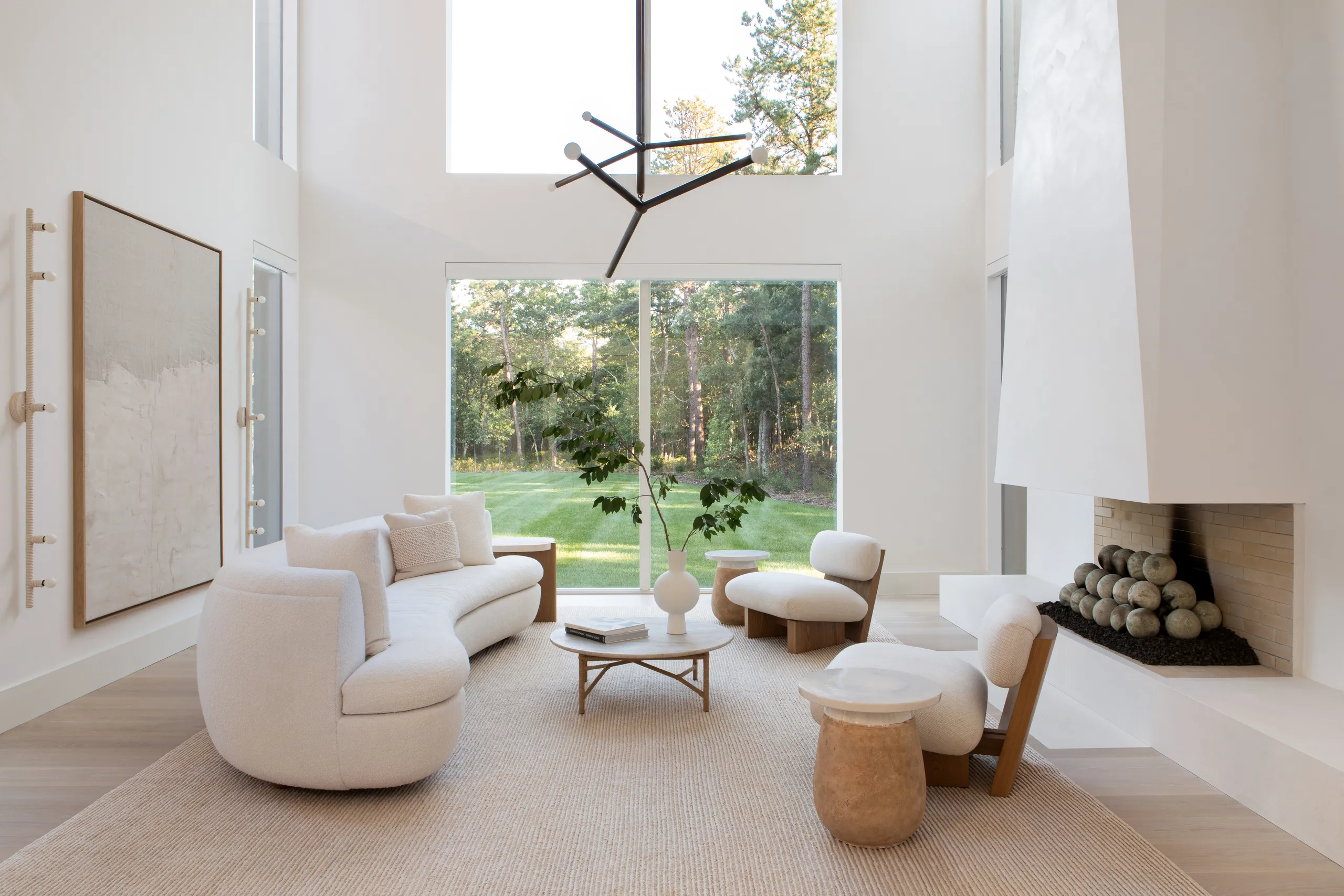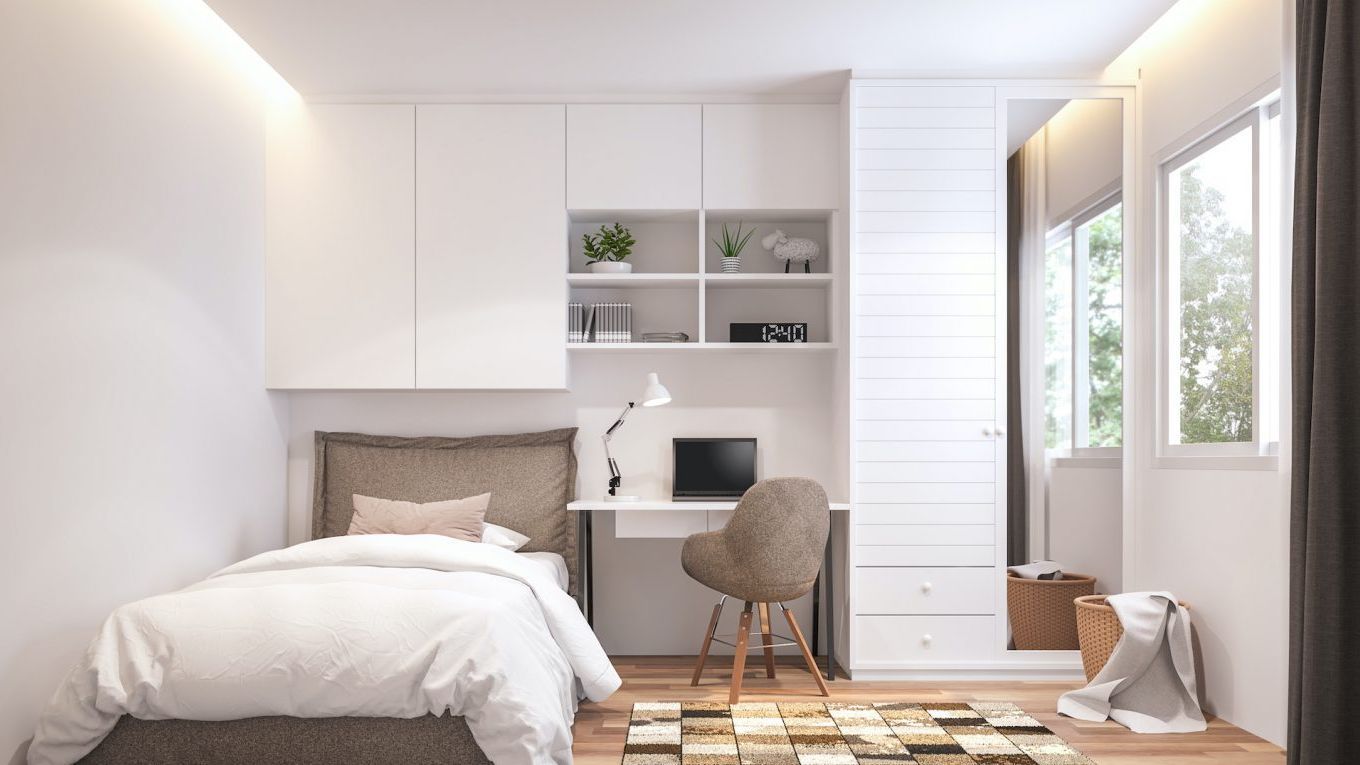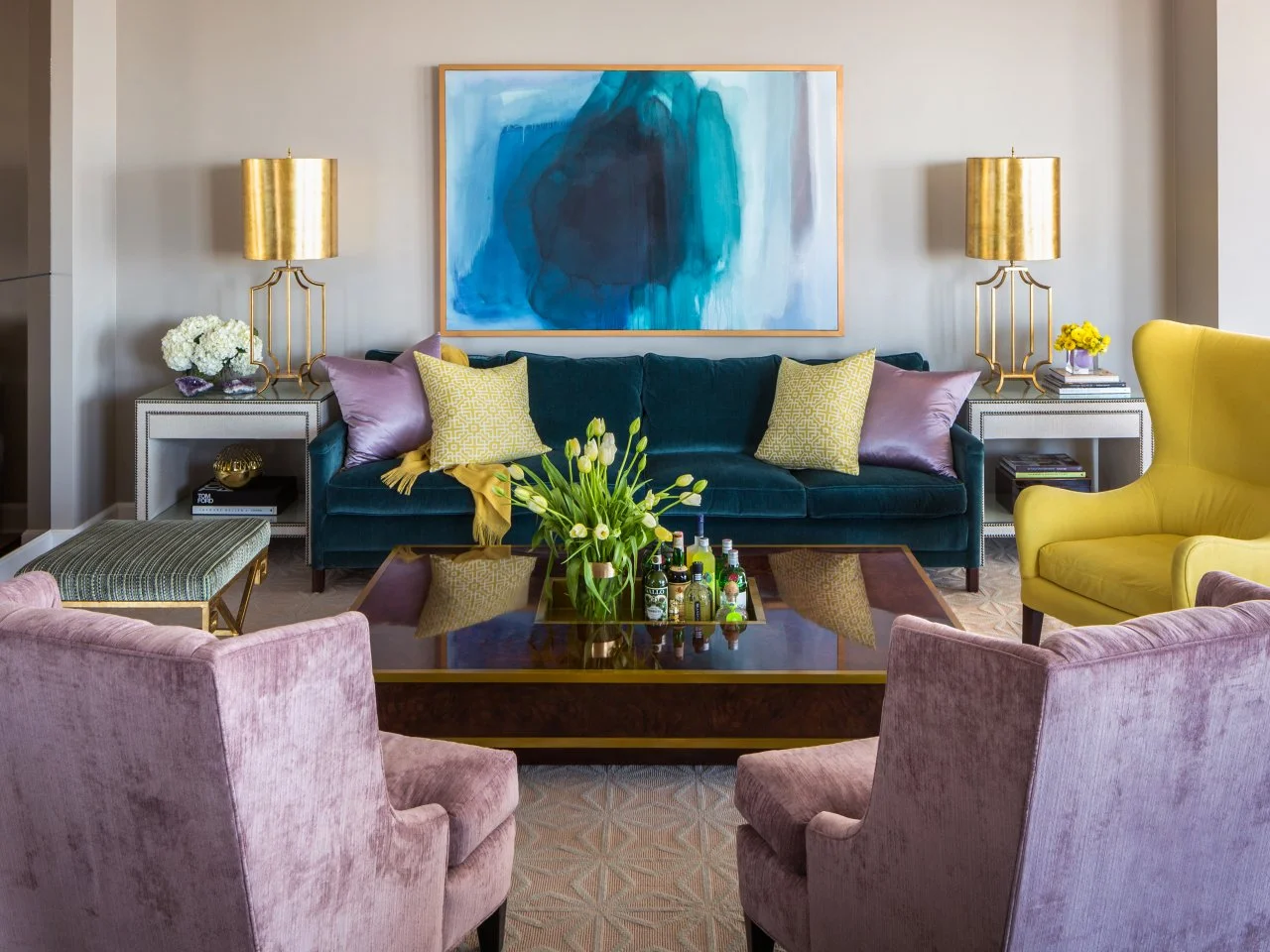Minimalist interior design is more than just a trend—it’s a philosophy rooted in simplicity, intention, and clarity. At its core, it embraces the principle that less is more. Every element in a minimalist space has a purpose, and nothing is there just for the sake of decoration. This design approach stems from the idea that our environment can deeply influence our mood, productivity, and mental clarity.
The aesthetics of minimalism are often associated with clean lines, airy layouts, and muted tones. Spaces feel open and calm, offering a visual break from the sensory overload common in modern life. Instead of crowding a room with objects, minimalist interiors rely on the elegance of restraint, using light, form, and texture to create harmony.
Benefits of Minimalist Interior Design
Choosing a minimalist design can dramatically improve the functionality of your space. Without clutter, each piece of furniture or decor becomes more useful and appreciated. A room becomes easier to navigate, clean, and enjoy.
Moreover, a clutter-free space often results in a clutter-free mind. There’s a psychological benefit to walking into a room that feels intentional and serene. It promotes relaxation and helps reduce everyday stress. You may also find that this timeless style rarely needs updating, saving you time and money on redecorating.
How to Create a Minimalist Interior
Starting your minimalist journey often begins with one difficult step: letting go. Decluttering is a fundamental part of this process. It’s about understanding what’s essential and removing what’s not. This shift doesn’t mean living without comfort—it means choosing comfort intentionally.
Color plays a subtle but significant role in minimalist interiors. Neutral shades, such as soft grays, beiges, whites, and muted earth tones, set a calming tone. These colors act as a blank canvas, allowing natural light and clean design to take center stage.
Instead of filling a room with decor, focus on acquiring fewer pieces of higher quality. A well-crafted coffee table or a thoughtfully selected chair can speak volumes. Arrange furniture with purpose, ensuring each item contributes to the flow and function of the space. This careful use of space encourages mindfulness in daily life.
Minimalist Design for Different Rooms

Each room in your home offers a chance to practice minimalism in its own way. In the living room, opt for spacious seating, minimal ornamentation, and natural textures to foster an inviting atmosphere without visual noise.
The kitchen benefits from streamlined storage and uncluttered countertops, which not only enhance cleanliness but also support an efficient cooking process. In bedrooms, the minimalist approach supports rest and relaxation through soft tones, limited furniture, and simple textiles.
Bathrooms can become calming sanctuaries with sleek fixtures, open space, and minimal accessories. Even the home office—often a place of chaos—can become a focus-driven environment through clean design and purposeful layout.
Common Mistakes to Avoid
Many people mistakenly associate minimalism with emptiness or coldness. But minimalism isn’t about removing character; it’s about refining it. A space should still feel warm and lived-in, even with fewer items.
Relying too heavily on white without incorporating contrast or texture can result in a sterile appearance. Minimalist interiors thrive on balance. Incorporating wood, fabric, or subtle patterns can add dimension without disturbing the simplicity.
Another common error is overlooking the emotional connection to a space. While it’s essential to reduce clutter, it’s equally important to keep items that bring joy or tell a story. These pieces help ground the minimalist aesthetic in personal meaning.
Minimalist Decor Tips and Tricks
To enhance your minimalist interior, think of light as a design tool. Natural light opens up rooms and brings warmth. Strategically placed mirrors can reflect that light, adding depth and brightness.
Textures can elevate an otherwise plain space. A linen throw, a matte vase, or a stone countertop provides interest without overwhelming the eye. Adding a few plants can also breathe life into a minimalist room, serving as natural focal points and bringing a sense of calm.
Rather than spreading objects across the room, concentrate visual interest in a few key areas. This approach draws attention where it’s most impactful and preserves the overall sense of openness.
Minimalism Beyond Aesthetics: A Lifestyle Shift

Adopting minimalist interior design often leads to a broader lifestyle change. It’s not just about what you own—it’s about how you think. This design philosophy encourages mindful consumption and a deeper appreciation for quality and sustainability.
When you stop chasing trends and start focusing on essentials, you tend to buy less and choose more wisely. Minimalism supports ethical shopping, repurposing, and investing in items that stand the test of time, both in function and style.
It’s a design choice that reflects a conscious way of living, reminding us that fulfillment doesn’t come from things—it comes from how we use them.
Real-Life Examples & Inspiration
Different cultures have embraced minimalist design in unique ways. Scandinavian minimalism is widely known for its blend of warmth and simplicity, often using soft tones, cozy textiles, and a sense of balance that feels approachable.
In contrast, Japanese Zen minimalism is deeply rooted in tradition and tranquility. It emphasizes space, nature, and stillness. Natural materials like wood and stone are common, and every item is selected with care.
Urban industrial minimalism combines raw materials like concrete and steel with minimal furnishings to create a modern yet grounded look. This style fits well in lofts and city apartments where space is valuable and design must be efficient.
Minimalist interior design challenges the assumption that more equals better. In its quiet way, it speaks of clarity, confidence, and contentment. A minimalist space doesn’t just look better—it feels better. It simplifies daily life and amplifies what matters most.
By embracing minimalism, you create room to breathe—not only in your home but also in your mind. You allow beauty to emerge from simplicity and turn ordinary spaces into peaceful, purposeful environments.





Leave a Reply